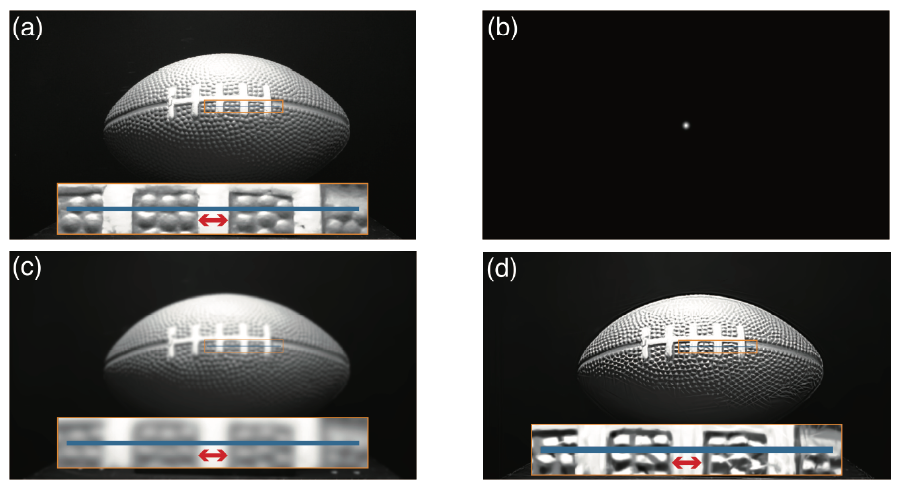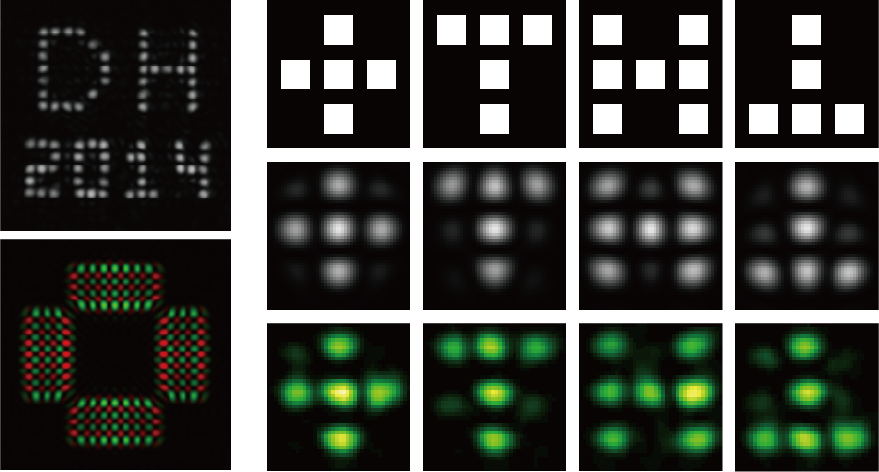
Processing with Light — Optical Computing —
By adequately combining the physical properties of light with computational models, optical computing—processing with light— can be realized. In addition to the intrinsic advantages of light including parallelism, high bandwidth, and multiplexing capabilities, the integration with materials suitable for information processing, such as DNA and quantum dots, and with electronics, greatly expands the potential of light.
In particular, when specialized for specific functions, optical computing can offer significantly higher speed and energy efficiency than conventional computers.
This makes optical computing a promising approach to meet the growing computational demands of modern society. In our laboratory, we are developing systems such as optical reservoir computing for the efficient processing of time-series signals and high-speed optical Ising machines dedicated to solve combinatorial optimization problems. We are also studying on photonic DNA computing, which utilizes the autonomous reaction properties of DNA.

Observing with Light — Optical Imaging / Sensing —
There are many situations where observing or detecting objects is necessary, even under conditions that make systems with conventional imaging lenses and sensors difficult to be utilized, such as light scattering in fog or noise in dark environments. Additionally, the phase and polarization of light provide valuable information about materials and objects, yet these properties are not invisible to the human eye or standard image sensors.
To address these limitations, computational imaging, which combines optical system design with encoding techniques and mathematical methods for effective data processing, has attracted increasing attention. Visualizing invisible targets contributes to advances in areas such as precision medicine and efficient manufacturing, ultimately improving our living environment.
Our laboratory is engaged in high-precision object recognition using single-pixel detectors, as well as the development of multimodal imaging systems that can simultaneously capture the spatial distributions of amplitude, phase, and polarization of light. We are also exploring new imaging techniques using cyber-physical systems.

Connecting with Light — Optical Interfaces —
One of the key characteristics of light is its visibility, which allows humans to perceive information presented on displays unconsciously. In addition, light can be controlled through matter or used to extract information in the form of optical signals because the light interacts with various materials. These properties make light uniquely suited to serve as a bridge that connects the physical world, where people and objects exist, and the cyber world, where information is manipulated. Advances in optical interface technologies are therefore expected to enhance human experiences and contribute to creating a safer and more secure society.
Our laboratory conducts research from diverse perspectives, including the generation and application of vector light fields using computer-generated holography, physical-layer security based on nanoscale optical phenomena, and visual interface technologies that support the daily lives of older adults.
